Prices in AUD. Shipping worldwide. Flat rate $8 postage per order within Australia. International by weight calculated at checkout. Read full terms.
-
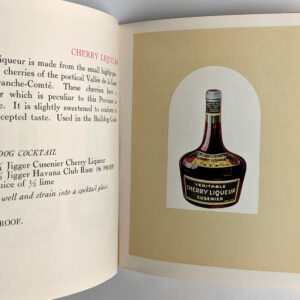
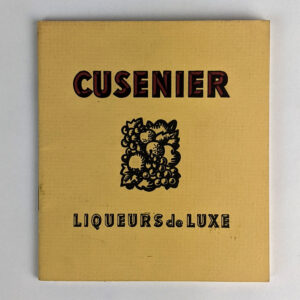
Cusenier: Liqueurs de Luxe
AU$200.00 Read MoreAdd to cartCusenier
New York: W. A. Taylor & Company, 1935.Promotion booklet for the House of Cusenier. Illustrated bottles of liqueurs each accompanied by a cocktail recipe opposite, together with a brief history of the firm and a list of other products.
-
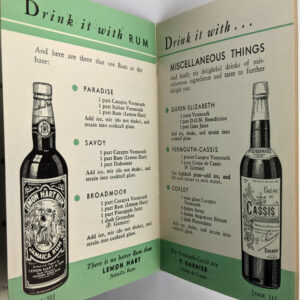
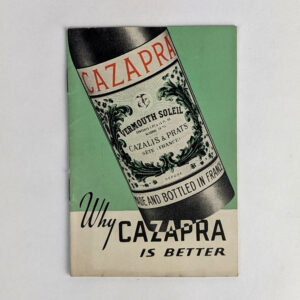
Why Cazapra is Better
AU$80.00 Read MoreAdd to cartCazapra
New York: Julius Wile Sons & Co, No date.Promotional booklet for Cazapra, a dry vermouth made in France. Includes numerous cocktail recipes. Unrecorded in OCLC.
-
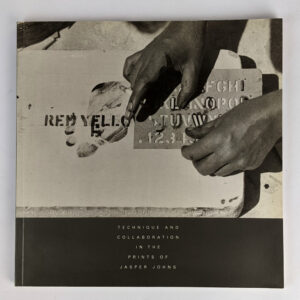
Technique and Collaboration in the Prints of Jasper Johns
AU$60.00 Read MoreAdd to cartJasper Johns; Susan Lorence
New York: Leo Castelli Gallery, 1996.Published by Leo Castelli Gallery on the occasion of the exhibition, Jasper Johns Prints: 1960 to 1996, 19 October – 14 December 1996.
-
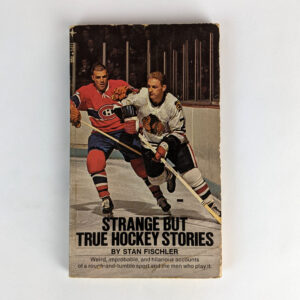
Strange but True Hockey Stories
AU$10.00 Read MoreAdd to cartStan Fischler
New York: Tempo Books, 1970.Weird, improbable, and hilarious accounts of a rough-and-tumble sport and the men who play it.
-
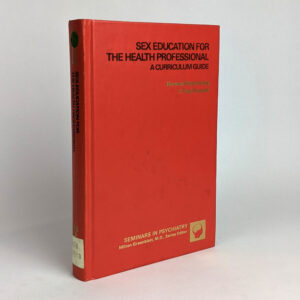
Sex Education for the Health Professional: A Curriculum Guide
AU$10.00 Read MoreAdd to cartNorman Rosenzweig; F. Paul Pearsall
New York: Grune & Stratton, 1978.Series: Seminars in Psychiatry
-
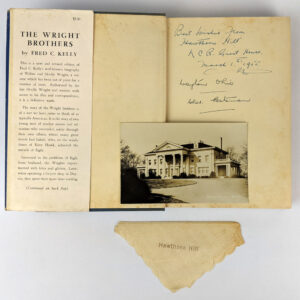
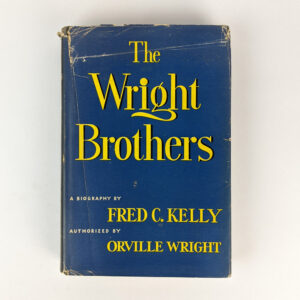
The Wright Brothers: A Biography Authorized by Orville Wright
AU$500.00 Read MoreAdd to cartFred C. Kelly
New York: Farrar, Straus and Young, 1950.The first printing of the revised edition of Kelly’s biography of Wilbur and Orville Wright. This copy inscribed to Chas. Bateman from the Hawthorn Hill Guest House, the former home of Orville Wright, which after his death was owned and used as a guest house by the NCR Corporation. A monogrammed paper napkin and postcard of Hawthorn Hill laid in.
-
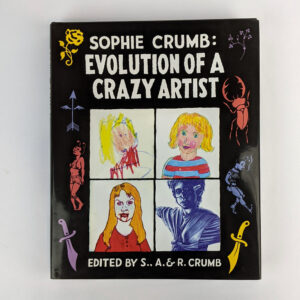
Sophie Crumb: Evolution of a Crazy Artist
AU$45.00 Read MoreAdd to cartSophie Crumb; R. Crumb; A. Crumb
New York: W. W. Norton & Company, 2011.“A groundbreaking work of striking originality that charts a young artist’s life through her own drawings-from toddlerhood to motherhood. Sophie Crumb’s startlingly expressive drawings track her development as an artist from age two to twenty-eight. Sifting through dozens of their daughter’s remarkable sketchbooks, our generation’s most celebrated graphic artists have, with their only child, Sophie, now selected more than three hundred paintings and drawings that depict her artistic and psychological maturation. Revealing how an original artistic sensibility is both innate and nurtured, the book features six separate developmental stages, including Sophie’s earliest drawings, the elaborate fantasy world of her childhood, her late adolescent rebellion, and her coming of age in the milieu of the Paris circus world and New York’s “seventh circle of hell.” The drawings from her early twenties — of tattoo artists, dangerous menreflect a personal anguish that finally ends with her becoming a mother and creating a family of her own. Illuminating and intimate, this book is a dramatic yet subtle statement on the evolution of personality as seen through art.” (publisher’s blurb)
-

The Transnational Beat Generation
AU$40.00 Read MoreAdd to cartNancy M. Grace; Jennie Skerl
New York: Palgrave Macmillan, 2012. -
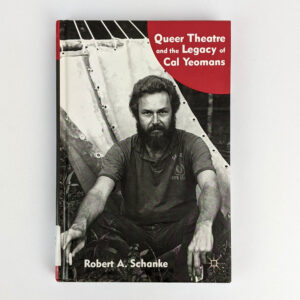
Queer Theatre and the Legacy of Cal Yeomans
AU$10.00 Read MoreAdd to cartRobert A. Schanke
New York: Palgrave Macmillan, 2011. -
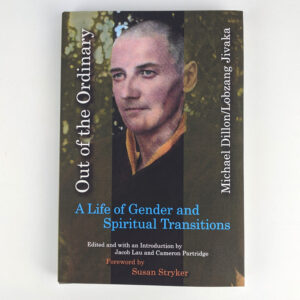
Out of the Ordinary: A Life of Gender and Spiritual Transitions
AU$50.00 Read MoreAdd to cartMichael Dillon; Lobzang Jivaka
New York: Fordham University Press, 2017.“Now available for the first time–more than 50 years after it was written–is the memoir of Michael Dillon/Lobzang Jivaka (1915-62), the British doctor and Buddhist monastic novice chiefly known to scholars of sex, gender, and sexuality for his pioneering transition from female to male between 1939 and 1949, and for his groundbreaking 1946 book Self: A Study in Ethics and Endocrinology. Here at last is Dillon/Jivaka’s extraordinary life story told in his own words. Out of the Ordinary captures Dillon/Jivaka’s various journeys–to Oxford, into medicine, across the world by ship–within the major narratives of his gender and religious journeys. Moving chronologically, Dillon/Jivaka begins with his childhood in Folkestone, England, where he was raised by his spinster aunts, and tells of his days at Oxford immersed in theology, classics, and rowing. He recounts his hormonal transition while working as an auto mechanic and fire watcher during World War II and his surgical transition under Sir Harold Gillies while Dillon himself attended medical school. He details his worldwide travel as a ship’s surgeon in the British Merchant Navy with extensive commentary on his interactions with colonial and postcolonial subjects, followed by his “outing” by the British press while he was serving aboard The City of Bath. Out of the Ordinary is not only a salient record of an early sex transition but also a unique account of religious conversion in the mid-twentieth century. Dillon/Jivaka chronicles his gradual shift from Anglican Christianity to the esoteric spiritual systems of George Gurdjieff and Peter Ouspensky to Theravada and finally Mahayana Buddhism. He concludes his memoir with the contested circumstances of his Buddhist monastic ordination in India and Tibet. Ultimately, while Dillon/Jivaka died before becoming a monk, his novice ordination was significant: It made him the first white European man to be ordained in the Tibetan Buddhist tradition. Out of the Ordinary is a landmark publication that sets free a distinct voice from the history of the transgender movement.” (publisher’s blurb)
-

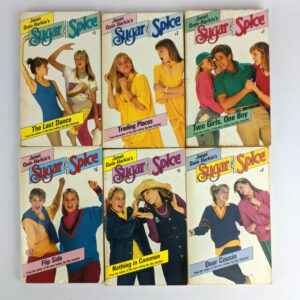
Sugar & Spice (6 Volumes)
AU$10.00 Read MoreAdd to cartJanet Quin-Harkin
New York: Bantam Books, 1988.The first 6 novels in the young adult romance series Sugar & Spice
-
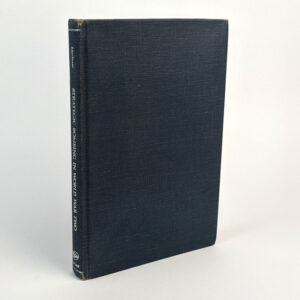
Strategic Bombing in World War Two: The Story of the United States Strategic Bombing Survey
AU$100.00 Read MoreAdd to cartDavid MacIsaac
New York: Garland Publishing, 1976. -
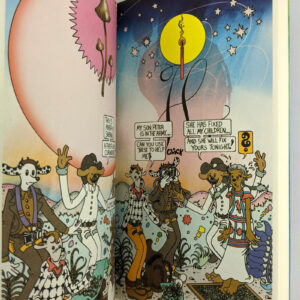
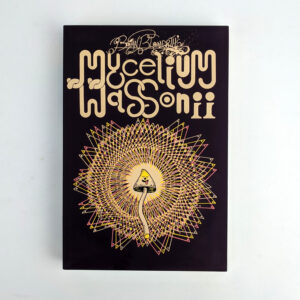
Brian Blomerth’s Mycelium Wassonii
AU$60.00 Read MoreAdd to cartBrian Blomerth
New York: Anthology Editions, 2021.“Brian Blomerth first fused his singularly irreverent underground comix style with heavily-researched history in 2019’s Brian Blomerth’s Bicycle Day, a Technicolor retelling of the discovery of LSD. Now, the illustrator and graphic novelist continues his wild and woolly excursions into the history of mind expansion with Mycelium Wassonii, an account of the lives and trips of R. Gordon and Valentina Wasson, the pioneering scientist couple responsible for popularizing the use of psychedelic mushrooms. A globetrotting vision of hallucinatory science and religious mysticism with appearances by Life Magazine, the CIA, and the Buddha, Mycelium Wassonii is a visual history and a love story as only Blomerth’s Isograph pen can render it.” (publisher’s blurb)
-
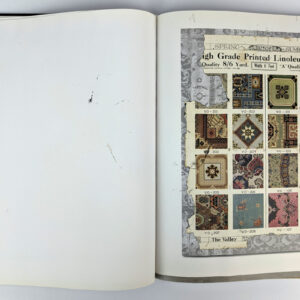
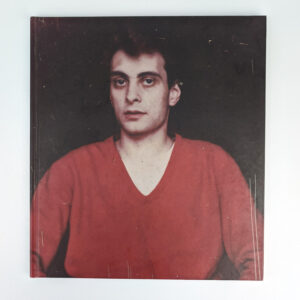
Rudolf Stingel: Curated by Francesco Bonami
AU$80.00 Read MoreAdd to cartRudolf Stingel; Francesco Bonami
New York: Gagosian Gallery, 2011. -
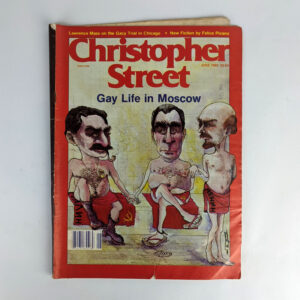
Christopher Street, June 1980
AU$5.00 Read MoreAdd to cartCharles L. Ortleb
New York: That New Magazine Inc., 1980. -
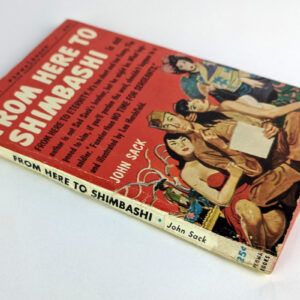
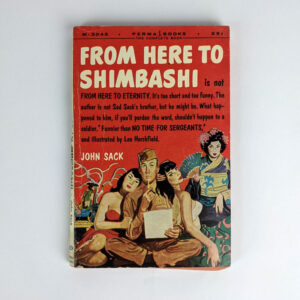
From Here to Shimbashi
AU$10.00 Read MoreAdd to cartJohn Sack
New York: Permabooks, 1956.Illustrated by Leo Hershfield.
-
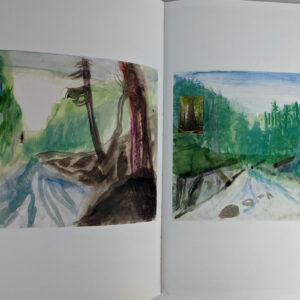
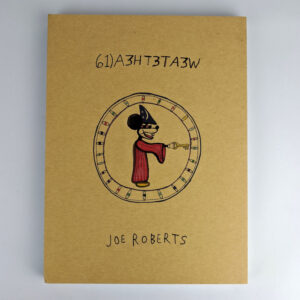
We Ate The Acid
AU$50.00 Read MoreAdd to cartJoe Roberts
New York: Anthology Editions, 2018.“Artist Joe Roberts has spent more than a decade honing a deeply unique and unapologetically hallucinogenic style of art. Through paintings, drawings and mixed-media works, Roberts navigates a world of cosmic imagery, pop cultural detritus, and shifting geometric forms, bringing to life both the creeping unease and the uncanny humor of the psychedelic experience. Collecting over 100 new and recent works along with an introduction by Hamilton Morris (Hamilton’s Pharmacopeia), We Ate the Acid is the latest product of Roberts’ visionary journeys and a testament to his expansive, singular imagination.” (publisher’s blurb)
-
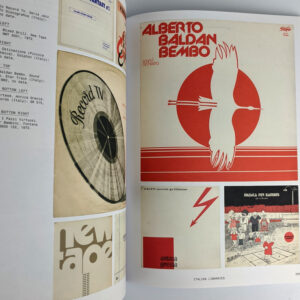
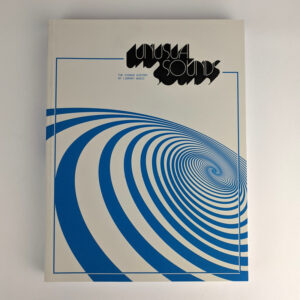
Unusual Sounds: The Hidden History of Library Music
AU$75.00 Read MoreAdd to cartDavid Hollander
New York: Anthology Editions, 2018.“In the heyday of low-budget television and scrappy genre filmmaking, producers who needed a soundtrack for their commercial entertainments could reach for a selection of library music: LPs of stock recordings whose contents fit any mood required. Though at the time, the use of such records was mostly a cost-cutting manoeuvre for productions that couldn’t afford to hire their own composer, the industry soon took on its own life: library publishers became major financial successes, and much of the work they released was truly extraordinary. In fact, many of these anonymous or pseudonymous scores-on-demand were crafted by the some of the greatest musical minds of the late 20th century-expert musicians and innovative composers who revelled in the freedoms offered, paradoxically, by this most corporate of fields.” (publisher’s blurb)
-
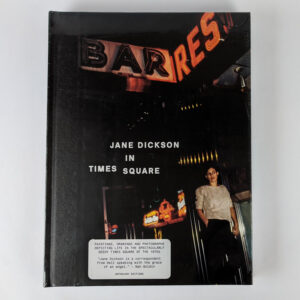
Jane Dickson in Times Square
AU$50.00 Read MoreAdd to cartJane Dickson
New York: Anthology Editions, 2018.“Artist Jane Dickson is a deep-rooted and central voice in New York City’s complex creative history. In the late 1970s and early ’80s, she was part of the movement joining the legacies of downtown art, punk rock, and hip hop through her involvement with the Colab art collective, the Fashion Moda gallery, and legendary exhibitions including the Real Estate Show and Times Square Show. In the midst of this groundbreaking work, Dickson lived, worked and raised two children in an apartment on 43rd Street and 8th Avenue at a time when the neighborhood was at its most infamous, crime-ridden, and spectacularly seedy. Through it all, Jane photographed, drew and painted extraordinary scenes of life in Times Square. These works, many of which are reproduced here for the first time, include candid documentary snapshots, roughly vibrant charcoal sketches, and paintings created on surfaces ranging from sandpaper to Brillo pads. Featuring a foreword by Chris Kraus and afterword by Fab Five Freddy, Jane Dickson in Times Square is a time machine back to a New York City that was truly wild: lawless, manic, sometimes squalid, sometimes magnificent.” (publisher’s blurb)
-
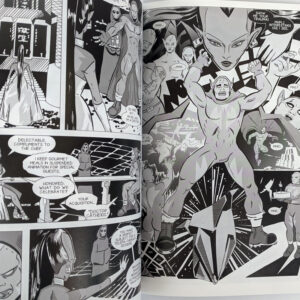
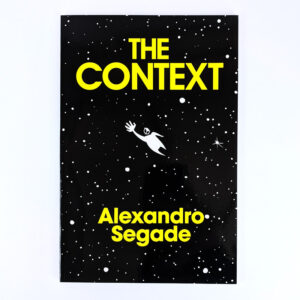
The Context
AU$40.00 Read MoreAdd to cartAlexandro Segade
New York: Primary Information, 2020.“The Context reimagines the superhero comic book as a queer parable of belonging. The story follows six powerful beings from different worlds who find themselves inexplicably adrift together in an otherwise lifeless void: Biopower, Cathexis, Barelife, Objector, Drives, and Form. The characters, each named for a concept drawn from critical theory, engage one another in skintight fight scenes that often look like sex scenes, and philosophical debates masked as exposition.” (publisher’s blurb)
